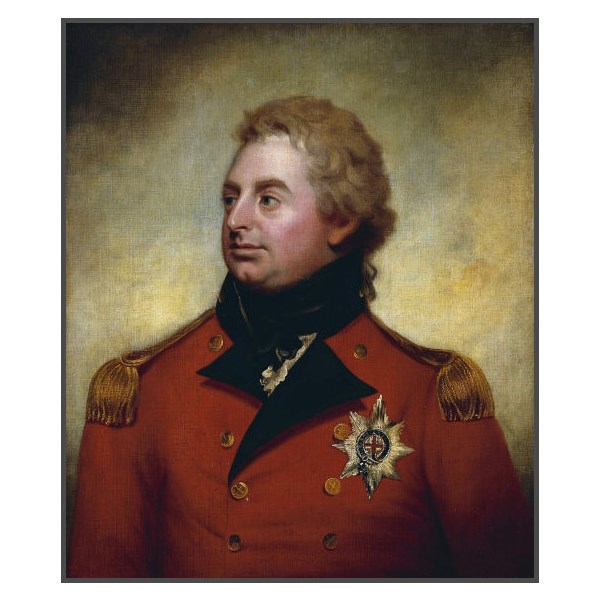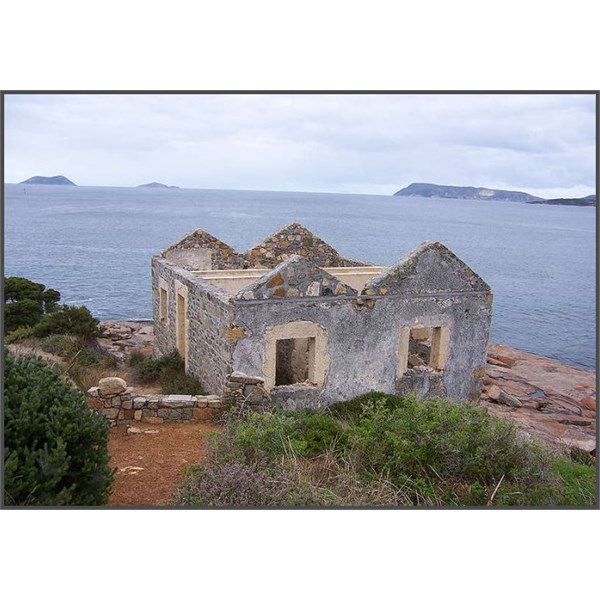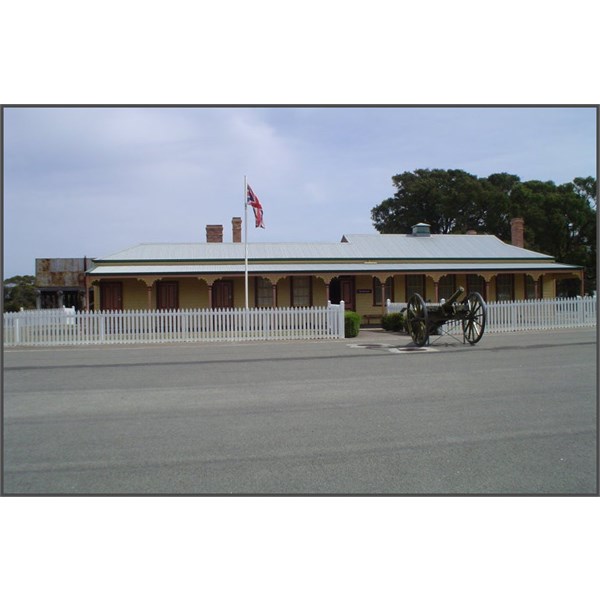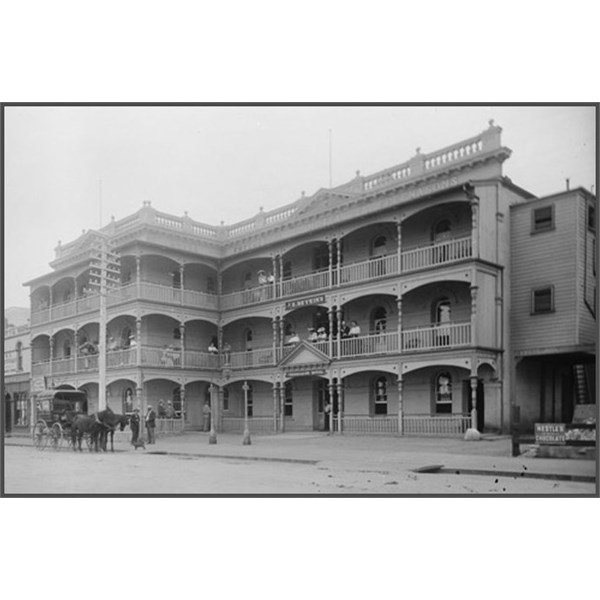Albany is a port city in the Great Southern region of Western Australia, 418 km SE of
Perth, the state capital.
Albany is the oldest permanently settled town in Western Australia, predating
Perth and
Fremantle by over two years.
Albany was founded on 26 December 1826 as a military outpost of New South Wales as part of a plan to forestall French ambitions in the region. The area was initially named Frederick Town in honour of Prince Frederick, Duke of
York and
Albany. In 1831,
the settlement was transferred to the control of the Swan River Colony and renamed
Albany by Lieutenant-Governor James Stirling.

Prince Frederick, Duke of York 1800-1820

Albany, 1874 by Sir Whately Eliot
During the last decade of the 19th century the town served as a gateway to the Eastern Goldfields. For many years, it was the colony's only deep-water port, having a place of eminence on shipping
services between Britain and its Australian colonies. The opening of the
Fremantle Inner Harbour in 1897, however, saw its importance as a port decline, after which the town's industries turned primarily to agriculture, timber and later, whaling. Unlike
Perth and
Fremantle,
Albany was a strong supporter of Federation in 1901.
The town has an important role in the ANZAC legend, being the last port of call for troopships departing Australia in the First World War.
Ships carrying the Australian Imperial Force and the New Zealand Expeditionary Force (later known collectively as ANZACs) to Egypt to join World War I gathered at
Albany in late October 1914. The first detachment departed in convoy on 1 November 1914, with a second detachment departing in late December 1914.
Albany was the last place in Australia that these ANZACs saw. The
Albany Anzac
Peace Park and the Pier of Remembrance were dedicated in 2010, as a precursor to centenary commemorations planned for 2014–2018.

Point King light house

Pricess Royal Fortress Barracks at Albany.WA
[Image cannot be loaded]
The First Australian and New Zealand Expeditionary Force Fleet (1st Detachment) comprised the escort vessels HMS Minotaur of the Royal Navy's China Station, Japanese battlecruiser Ibuki, the Australian cruisers
Melbourne and
Sydney, and the Royal New Zealand Squadron warships Pyramus, Psyche, and Philomel. These warships protected a 38-strong convoy, consisting of the Australian troopships Hymettus,
Geelong, Orvieto (which was fleet command vessel), Pera, Omrah, Clan Maccorquordale, Medic, Argyllshire, Shropshire, Karoo, Ascanius, Saldanha, Katuna, Euripides, Star of England, Star of Victoria,
Port Lincoln, Wiltshire, Afric, Hororata, Morene, Rangatira, Suffolk, Benalla, Anglo-Egyptian, Armadale, Southern, and Militiades, plus the New Zealand transports Maunganui, Tahiti, Ruapehu, Orari, Limerick, Star of India, Hawke's Bay, Arawa, Athenic, and Waimana.
The Desert Mounted Corps Memorial on top of
Mount Clarence is in memory of the dead of the Australian Light Horse Brigade, the New Zealand Mounted Rifles Brigade and the Imperial Camel Corps from 1916 to 1918. The memorial consists of a statue of an Australian mounted soldier assisting a New Zealand soldier whose horse has been wounded and a wall bearing the words "Lest We Forget". The first recorded Dawn Service was conducted by Anglican Chaplain Padre Arthur Earnest White (44th Battalion AIF) on 25 April 1923 atop
Mount Clarence, and has been held ever since with several thousand people participating each year. Atop the adjoining Mount
Adelaide is the
Princess Royal Fortress - gun emplacements, buildings and a collection of military memorablilia to honour the sacrifice of Australian Defence Force personnel spanning the Boer War to today. The contribution of Mustafa Kemal Atatürk, president of Turkey from 1923 until 1938, is recognised by naming
the entrance into Princess Royal Harbour as Atatürk Entrance, and there is a statue / monument overlooking
the entrance on the Marine Drive walking trail.

Freemason's Hotel, Albany ca. 1905

Albany 1975
In 2014 the centenary of the troops leaving
Albany was commemorated. Approximately 40,000 people, including the Australian Prime Minister Tony Abbott and New Zealand Prime Minister
John Key, marked the occasion by attending ceremonies around the town. The event injected about A$30 million into the local economy.
Today the town is a significant tourist destination and base from which to explore the south-west of the state, and is
well regarded for its natural beauty and preservation of
heritage.
.